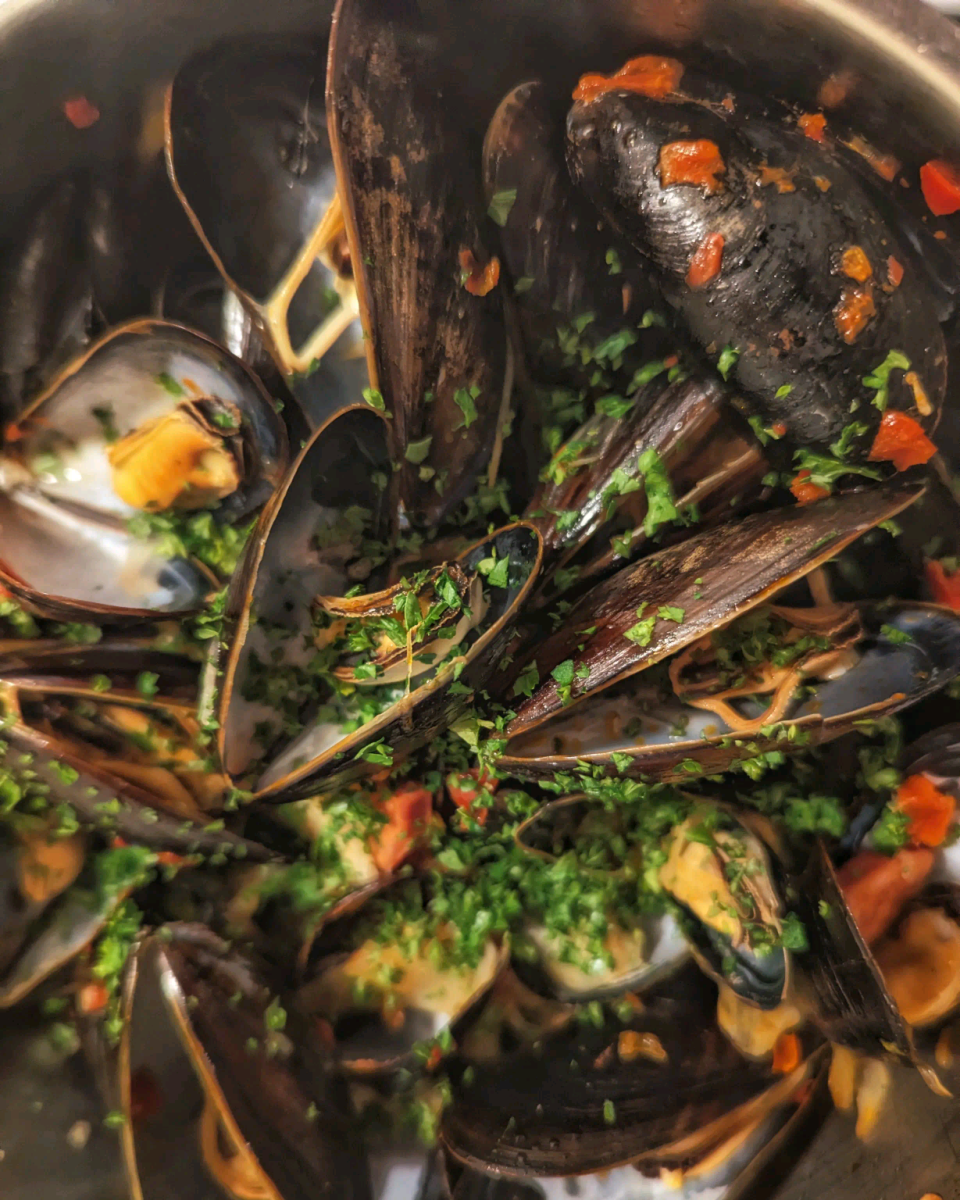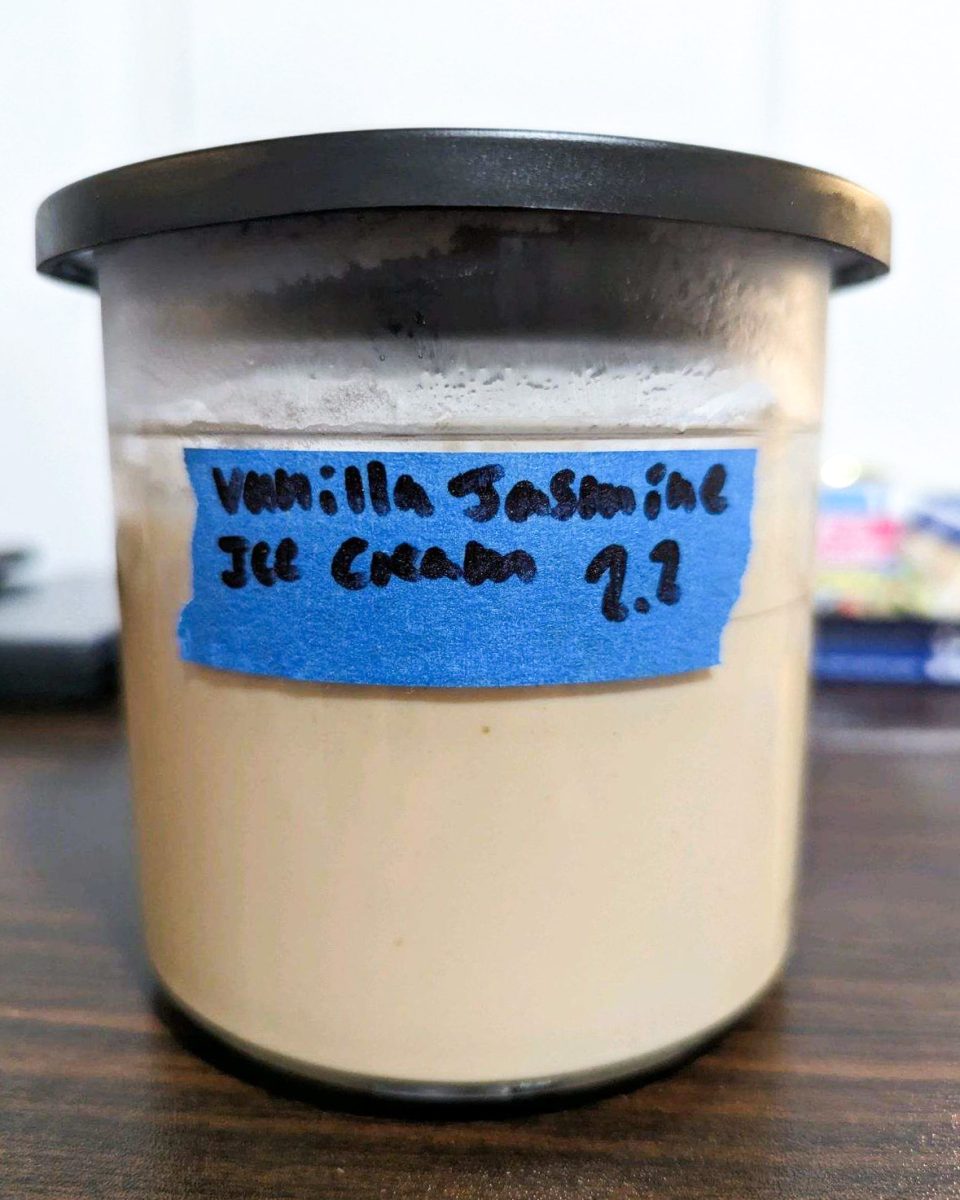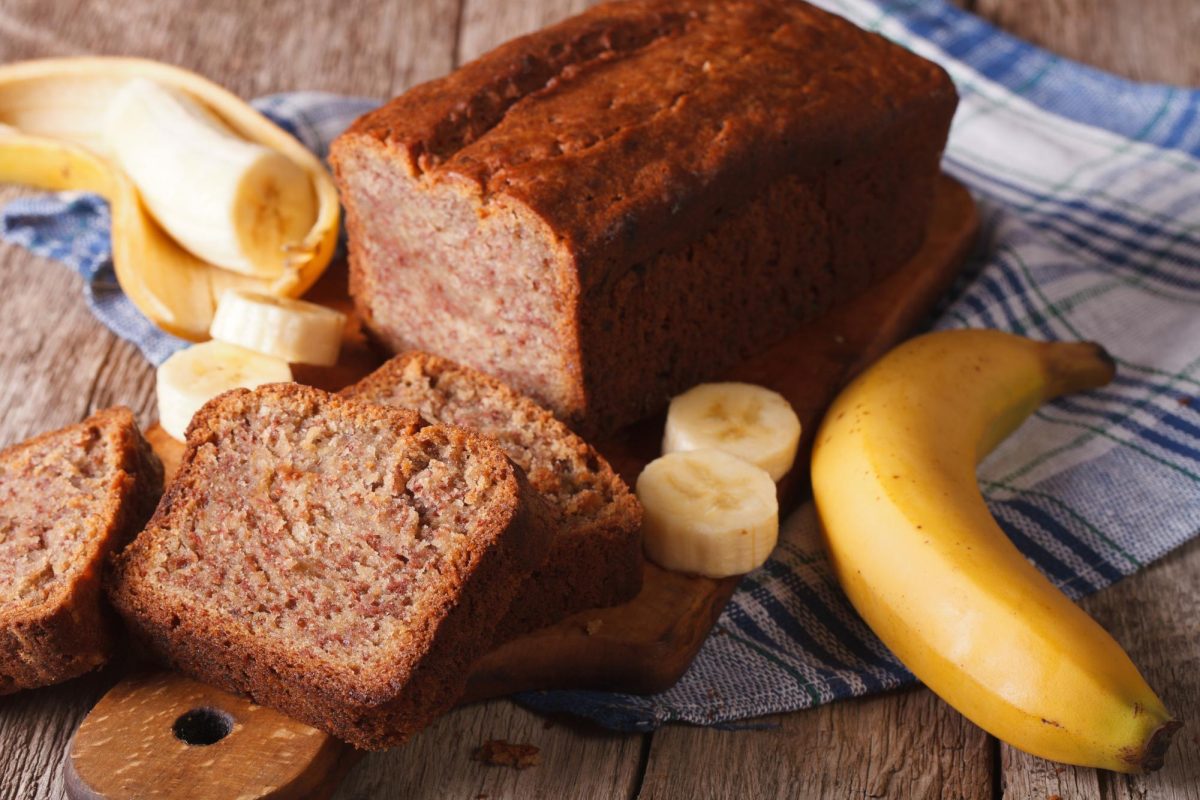
Fantastic foods always start with fantastic ingredients. Here are five high-quality products that the best restaurants in New York City are using to serve up award-winning dishes.
A wonderfully tart lime juice naturally encased in popping bubbles — what’s not to love? The lime’s sour, citrusy overtone with a slight bitterness contrasts excellently with rich or oily dishes, namely seafood. The popping bubbles provide both texture and an additional layer of flavor to any dish. And, of course, the primary reason for their use is their peculiar appearance. A single look at these shiny delicate pearls will leave you in wonder. Growing in colors of green, yellow, orange and red, they have rightfully earned their reputation as “caviar limes.”
Crown Shy, an American one-michelin-star restaurant, tops off their half-shell oysters with finger limes and jalapenos. Jua, a Korean two-star restaurant, uses them to garnish their sashimi courses. And Per Se, a legendary French three-star restaurant, adorns their caviar courses with melon, finger limes and elderflowers. With so many restaurants enhancing their dishes with finger limes, it cements its status as a universally show-stopping ingredient.
Of all the foods to garner a cult following, fruits are surprising choices. Endorsed by renowned chefs Wolfgang Puck and Martha Stewart, these berries are truly the Rolls-Royce of strawberries. Established in 1967, the family-owned Californian farm has been dedicated to making extraordinary products. These berries are certified organic and never treated with pesticides. Longer growing times and hand-picking techniques help to ensure maximum ripeness. Smaller batches of production also ensure unparalleled quality control. All of this effort ultimately culminates in a flavor like no other.
Bon Appétit magazine’s Brad Leone describes them as “what strawberries are supposed to taste like,” and prominent chefs couldn’t agree more. The recently opened Lysée, headed by Michelin-trained Korean baker Eunji Lee, offers a strawberry tart crowned and filled with Harry’s Berries jam. Jean-Georges Vongerichten, a culinary powerhouse whose flagship restaurant holds two stars, tosses them in an escargot and strawberry salad with Little Gem lettuce and gorgonzola cheese. Harry’s Berries can be found in select grocery stores for a whopping $20 during peak strawberry season and used by home cooks to create their own masterpieces.
3. Yuzu
If an ingredient could blend together the tartness of a lemon, the bitterness of a grapefruit and the sweetness of an orange, how delicious would that mixture be? Luckily, this incredible Japanese citrus fruit checks all those boxes. Bhumi Growers, a New Jersey-based exotic citrus farm, enables fine-dining restaurants all over New York City to transform their dishes into works of art. Yuzu products can be readily bought at Japanese grocery stores, but nothing beats the taste of fresh produce. When working with such an amazing fruit, nothing can be wasted. The juice, zest and even the empty husk can be utilized when cooking and chefs typically don’t waste any of it.
The Four Horsemen, a wine-focused one-star restaurant, offers a dish featuring stalwart yellowfin tuna and yuzu koshō, a bright, tangy fermented yuzu zest and pepper paste. Momofuku Ko, American chef David Chang’s two-starred flagship Korean restaurant, brushes their rendition of Korean fried chicken with mirin, yuzu juice and green Tabasco sauce.
Hunting for fresh fruits in grocery stores may feel like digging for gold, but if the stars align, they are definitely worth buying.
Ever wonder why salmon, tuna and mackerel taste so satisfying? Well, that’s because they all belong to a species called oily fish. To many chefs, hiramasa, also referred to as the Yellowtail amberjack, is the king of oily fish. While there is a lot of confusion surrounding what is considered a Japanese Yellowtail, thankfully Medium writer Wil Chung has a wonderful guide.
In his article, Chung says, “It’s not nearly as popular as hamachi or buri, and the juveniles aren’t as readily caught. Hence, it’s not nearly as easy to find hiramasa on sushi menus compared to the other fish on this list. It has a firm flesh, with a rich and clean flavor, but slightly sweet.”
Its high-fat content provides a melt-in-your-mouth experience while still remaining toothsome. This flavor profile makes it a dream to serve raw while still being wonderfully grilled, poached or roasted. The Musket Room, a one-star New American restaurant, serves hiramasa raw with winter citrus, pistachio and pomegranate. Le Bernardin, a seafood-focused three-star restaurant, grills theirs very lightly and pairs it with a bordelaise sauce, warm sepia, sun-dried tomatoes and sweet peppers.
5. Duck Breast
Nothing is quite as mouthwatering as a crispy-skinned succulent protein. Chicken and fish have both made the rounds on menus but a spotlight has recently shined on this incredible cut of meat. Its wonderfully meaty flavor, which is closer to the taste of red meat than poultry, and gentle gaminess makes the breast hearty yet lean. This flavor profile lends itself incredibly well to dry-aging — the process of aging meat for weeks or even months to intensify the rich, umami flavors. Gramercy Tavern roasts and serves their breasts with carrots, ginger and shishito peppers. The Chef’s Table at Brooklyn Fare, a highly acclaimed three-star restaurant, accompanies theirs with chanterelles and a black trumpet duck jus. Its wide use in fine dining settings has even trickled down to fast casual restaurants making this a valued protein across the board.


















